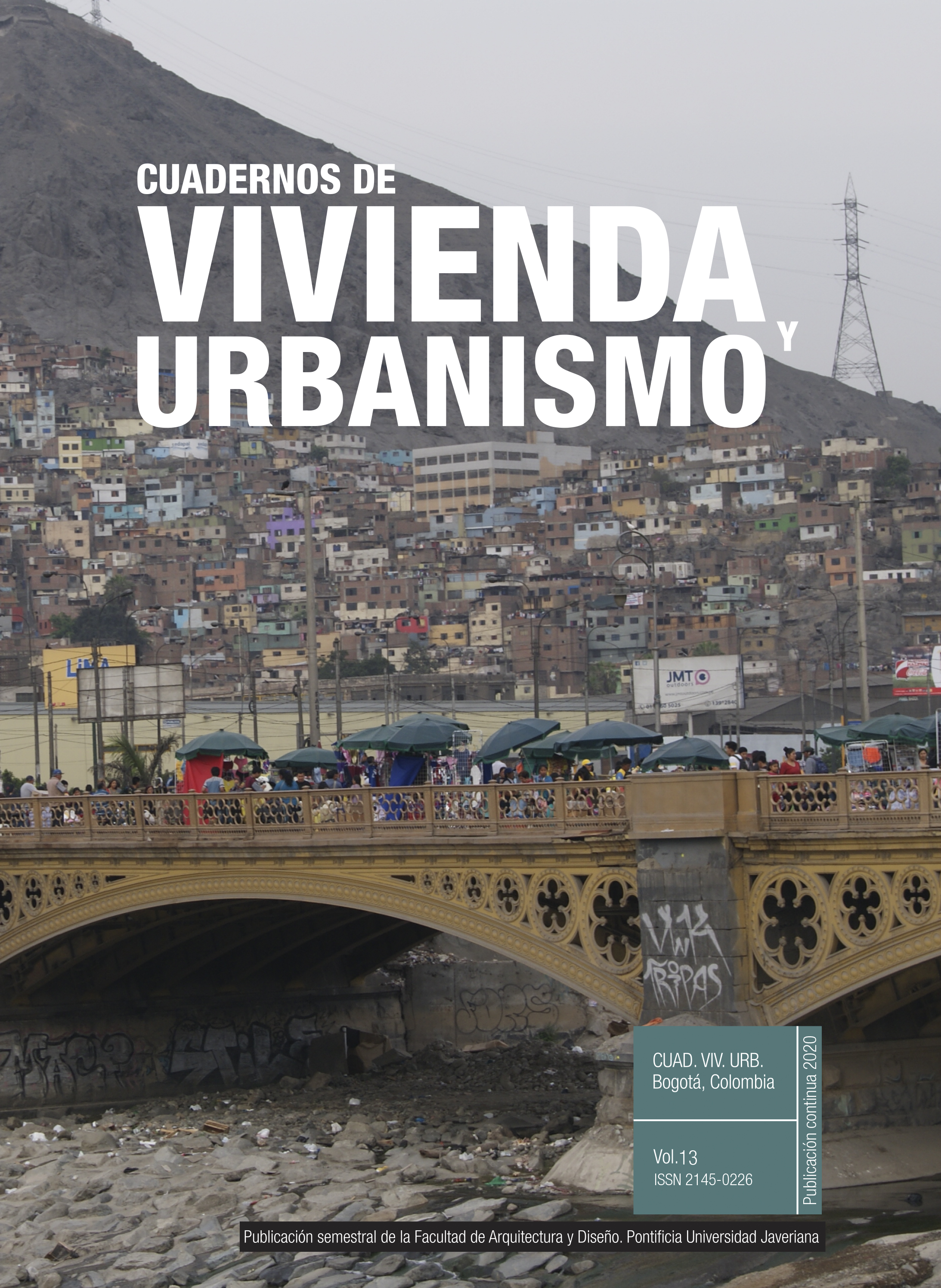Segregation and Attraction of Human Capital in Colombia
##plugins.themes.bootstrap3.article.details##
In the last decade, the number of high profile individuals present in the main cities of Colombia has increased. In this ocument, evidence about the divergence in the accumulation of human capital among some Colombian cities from the Caribean zone
and other cities such as Bogotá, Medellín, Cali, Bucaramanga and Cúcuta is looked for. Through the statistic and econometric data analysis of segregation and attraction measures of human capital, it has been found that for the Colombian Caribean zone, there is some evidence of a convergence in the accumulation of human capital, which contradicts the statements of Christopher Berry and Edward Glaeser on their 2005 research paper.
capital humano:, convergência regional:, segregaçãocapital humano;, convergencia regional;, segregaciónhuman capital;, regional convergence;, segregation
Berry, C. R., y Glaeser, E. L. (2005). The Divergence of Human Capital Levels Across Cities. Papers in Regional Science, 84(3), 407-444. https://doi.org/10.1111/j.1435-5957.2005.00047.x
Clark, T. N., Lloyd, R., Wong, K. K., y Jain, P. (2002). Amenities Drive Urban Growth. Journal of Urban Affairs, 24(5), 493-515. https://doi.
org/10.1111/1467-9906.00134
Florida, R. (2002). The Economic Geography of Talent. Annals of the Association of American Geographers, 92(4), 743-755. https://doi.
org/10.1111/1467-8306.00314
Florida, R. (2003). The Rise of the Creative Class. Nueva York: Basic Books.
Florida, R. (2004). Cities and the Creative Class. Londres: Routledge.
Katz, L., y Murphy, K. (1992) Changes in Relative Wages, 1963-1987: Supply and Demand Factors. Quarterly Journal of Economics, 107(1),
35-78. https://doi.org/10.2307/2118323
Lucas, R. (1988). On the Mechanics of Economic Development. Journal of Monetary Economics, 22(1), 3-42. https://doi.org/10.1016/0304-3932(88)90168-7
Massey, D. S., y Denton, N. A. (1988). The Dimensions of Residential Segregation. Social Forces, 67(2), 281-315. https://doi.org/10.1093/
sf/67.2.281
Moretti, E. (2004). Estimating the Social Retur to Higher Education: Evidence from Cross-Sectional and Longitudinal Data. Journal
of Econometrics, 121(1-20), 175-212. https://doi.org/10.1016/j.jeconom.2003.10.015
Shapiro, J. M. (2005) Smart Cities: Quality of Life, Productivity, and the Growth Effects of Human Capital. NBER Working Paper 11615,
Cambridge, MA. https://doi.org/10.3386/w11615
Storper, M., y Scott, A. J. (2009). Rethinking Human Capital, Creativity and Urban growth. Journal of Economic Geography, 9(2), 147-167.
https://doi.org/10.1093/jeg/lbn052

This work is licensed under a Creative Commons Attribution 4.0 International License.


